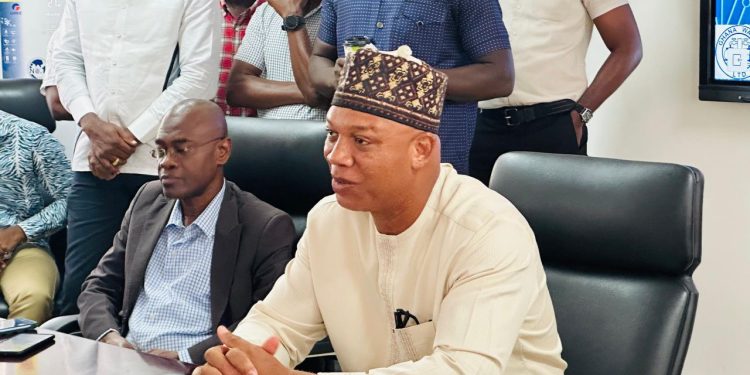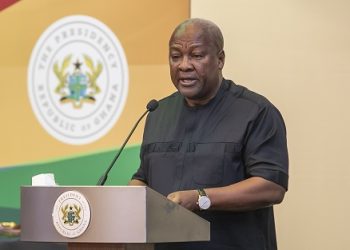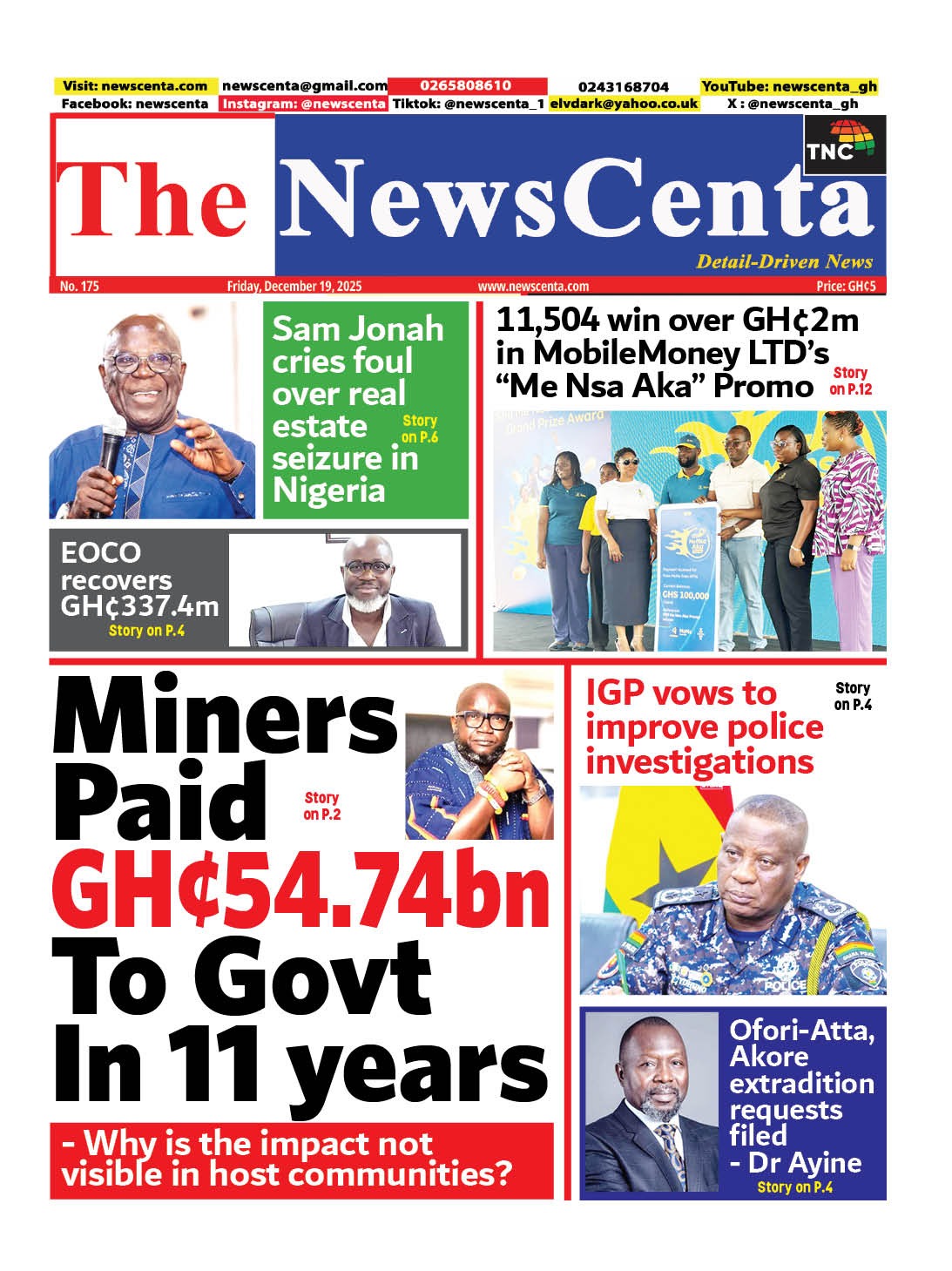Ghana Water Ltd. (GWL) says it requires about GH₵300 million to desilt its major raw-water intakes across the country, excluding the Barekese Dam, which alone holds about six million cubic metres of silt.
Mr. Adam Mutawakilu, the Managing Director of GWL, who disclosed this at a press conference in Accra on Monday, said the exercise was urgently needed to restore the company’s abstraction capacity and prevent supply disruptions during the dry season.
He explained that excessive siltation had severely compromised the operational efficiency of several water treatment plants nationwide, causing frequent shutdowns, higher production costs, and declining output.
“Our treatment plants are struggling. The riverbeds have filled up with silt to the point where pumps are submerged or lying in sludge. Without desilting, even if the surface water looks clean, the pumps cannot draw it for treatment,” he said.
The MD said many of GWL’s major intakes, including Owabi, Mampong, Kwanyako, Daboase, Sekyere Hemang, Bonsa, Nsawam, Anyinam, Kibi, Osino, Akim Oda, Odaso, Konongo, Jambusie, Kpeve, Agordome, and Dalun, were now heavily silted, with some becoming shallow enough to walk across.
Last year alone, emergency dredging at the Owabi and Mampong treatment plants cost about GH₵64 million and GH₵13.8 million, respectively.
“These interventions kept the abstraction channels open,” Dr. Mutawakilu said, adding that “but the downtime reduced supply to our communities.”
He warned that without sustained desilting operations, the country could face acute water shortages as the dry season approached.
He cautioned: “If the intake points dry up, most of our treatment plants will not be able to operate.”
While the desilting of all other plants would cost about GH₵300 million, the Managing Director said Barekese Dam in the Ashanti Region required a separate large-scale intervention due to its scale.
“The Barekese Dam alone contains about six million cubic metres of silt. At an estimated GH₵150 per cubic metre, that’s an enormous budget on its own,” he said, adding that the Water Resources Commission had already identified Barekese as a critical dam that needed special funding.
Mr. Mutawakilu said that the growing silt load in raw water sources was also increasing treatment costs, particularly in chemical usage and energy.
GWL has been forced to shift from alum to imported polymers to treat the increasingly turbid water, a move that has raised chemical costs at plants such as Barekese, Odaso, and Konongo by about 400 per cent.
“Polymers perform better at today’s turbidity levels, but they are expensive and foreign exchange dependent. Our energy and maintenance costs have also risen because pumps are working under abrasive conditions,” he said.
With Ghana Water Ltd. operating as a tariff-regulated utility, Mr Mutawakilu said it could not immediately pass these unexpected cost surges to consumers.
He noted that “affordability matters, but the financial gap between regulated revenue and siltation-driven costs is stretching the company beyond reasonable limits.”
To address the challenge sustainably, the MD proposed a 24-month Catchment Recovery Plan focusing on eight priority rivers that feed GWL’s treatment plants.
The plan combines riverbank stabilisation and re-vegetation at erosion hotspots, targeted dredging around intake channels, and coordinated community engagement and land-use enforcement to protect river buffer zones.
“If we act at the source, we will spend less each year to produce more water,” Mr. Mutawakilu said, proposing that “targeted upstream interventions will restore abstraction capacity, reduce treatment challenges, and extend the lifespan of our assets.”
The GWL Managing Director called on Corporate Ghana, development partners, and government agencies to support the company financially and materially to undertake the desilting exercise.
“We are calling on corporate institutions to pick specific rivers and support the desilting with funds, materials, and logistics. Every contribution will be visible, measurable, and auditable,” he said.
He emphasised that because GWL’s expenditure was tied to approved tariffs by the Public Utilities Regulatory Commission (PURC), the company could not divert operational funds or meter revenue to dredging works.
Dr. Mutawakilu commended the government for ongoing efforts to protect water bodies from illegal mining and environmental degradation.
He cited initiatives such as the Blue Water Guard surveillance operations under the Ministry of Lands and Natural Resources, led by Mr. Emmanuel Kofi Buah, and the Ministry of Sanitation and Water Resources under Mr. Kenneth Gilbert Adjei, which continued to work closely with GWL on technical and policy fronts.
He also praised President John Dramani Mahama for his leadership in strengthening enforcement through the National Anti-Illegal Mining Operations Secretariat (NAIMOS) and the registration and tracking of excavators used in mining.
“These measures are yielding encouraging signs, surface turbidity is improving in some rivers, but the riverbeds remain choked. Without desilting, our pumps will still struggle,” Dr. Mutawakilu said.











